The Black Swan
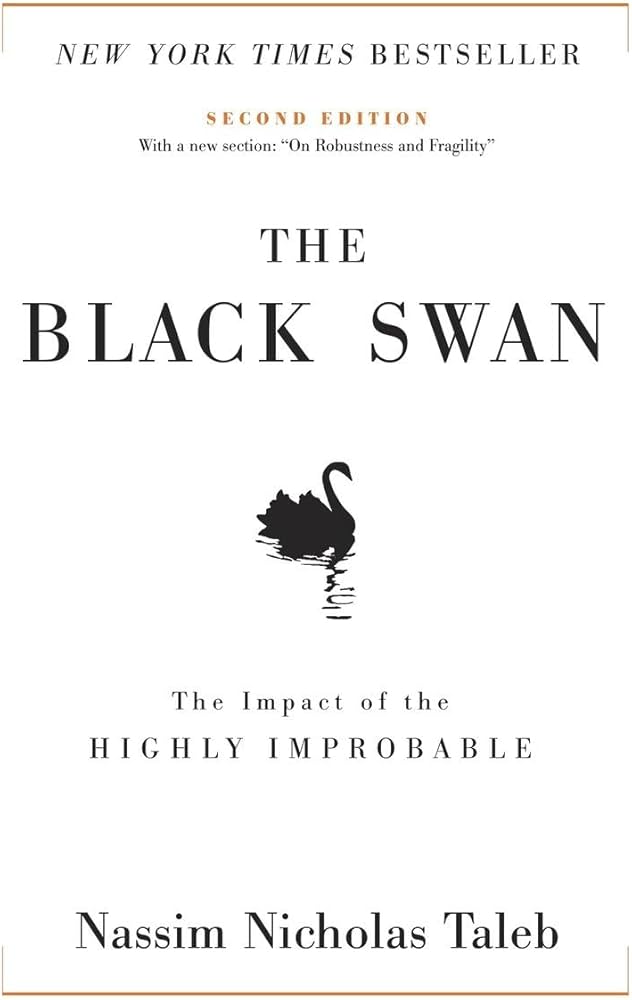
I started reading the black swan a pretty long time ago. And despite the fact I found the content very interesting, I struggled to get through it, which is partly caused by the topic itself, partly by the depth to which the content is discussed and partly because of the writing style of the author. Nassim Nicholas Taleb has an elaborate writing style, as if the book is actually more of dialogue or conversation style document. Yet, the topic discussed, and the examples put forward, make it worthwile reading the book from cover to cover.
The Black Swan discusses the impact of the very unlikely scenario, typically found at the far ends of the Gaussian Bell Curve, which Taleb finds utterly annoying anyway. The funny thing is that once you start to understand the theory of the book, you start to see black swans quite often. Plus, you become much more effective at pointing out when people are making assumptions or forecasts based on wrong or missing information. “You don’t know what you don’t know” is a line I have frequently used in discussions following reading this book. Very interesting content!
Hooked
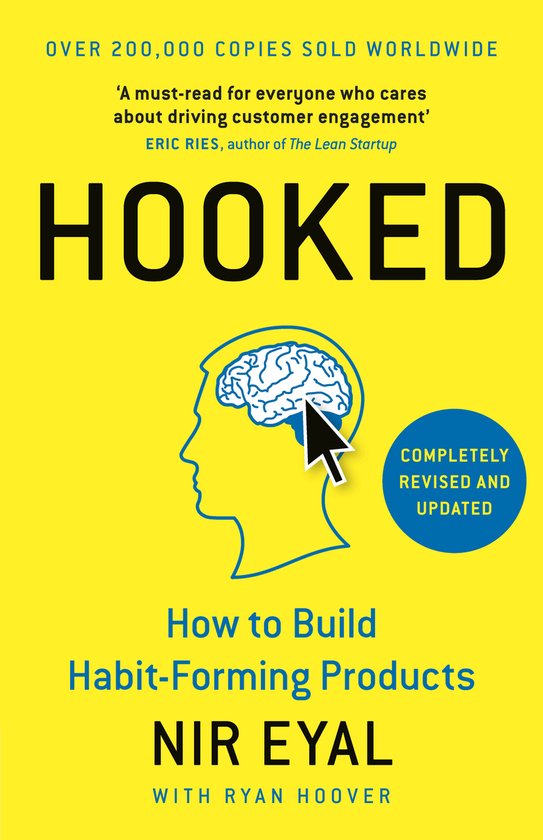
Fact: I started reading Indistractable. However, in the foreword, there were so many mentions of Hooked that I felt I needed to read that book first. So, I put Indistractable away and read Hooked instead. And frankly, being a marketing professional, Hooked was pretty much in my area of interest too.
Hooked is diving into the science of building habit-forming products, with a specific focus on post millennium web, internet and SaaS products. I found it interesting to read though I had already gone through much of the content in other ways. What the book essentially does is give you a number of principles on how to to make the products you build more habitual, or more addictive. The book does reckon all of that.
Indistractable
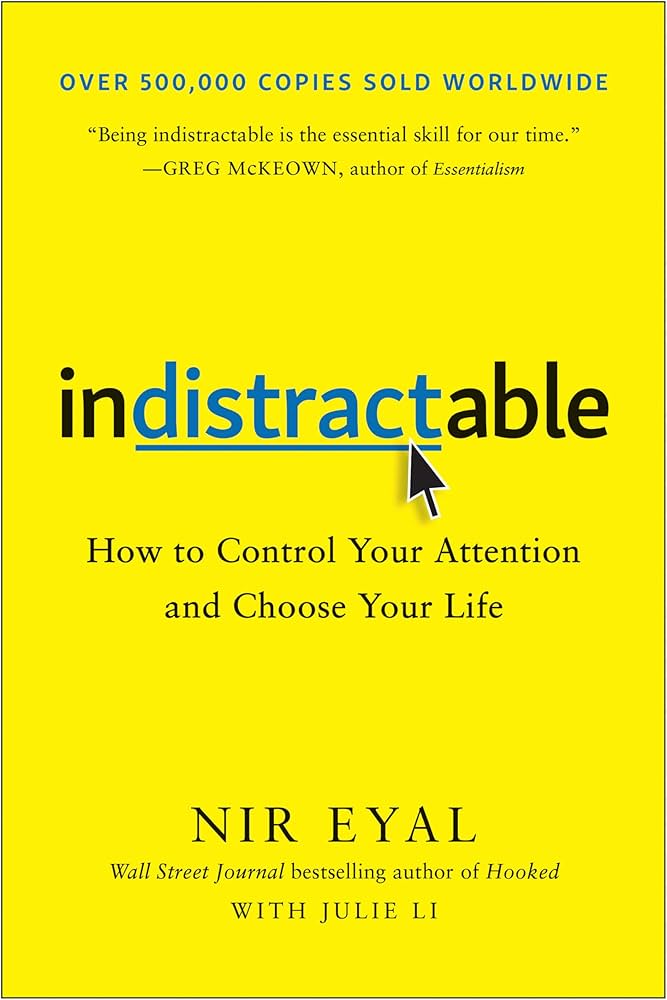
After finishing Hooked, I immediately went on to read Indistractable, which is positioned somewhat was a remedy to everything Nir Eyal discusses in Hooked. Yes, distractions are real, so let’s unravel them. The book has some similarities with Cal Newport’s Deep Work, though it does take a different approach.
I have to admit that many of both the distractions and cures mentioned in the book were known already, though it doesn’t to reread those every once in a while and sharpen the saw as Stephen Covey would have said. Nice read, interesting perspectives!
Thinking in Systems
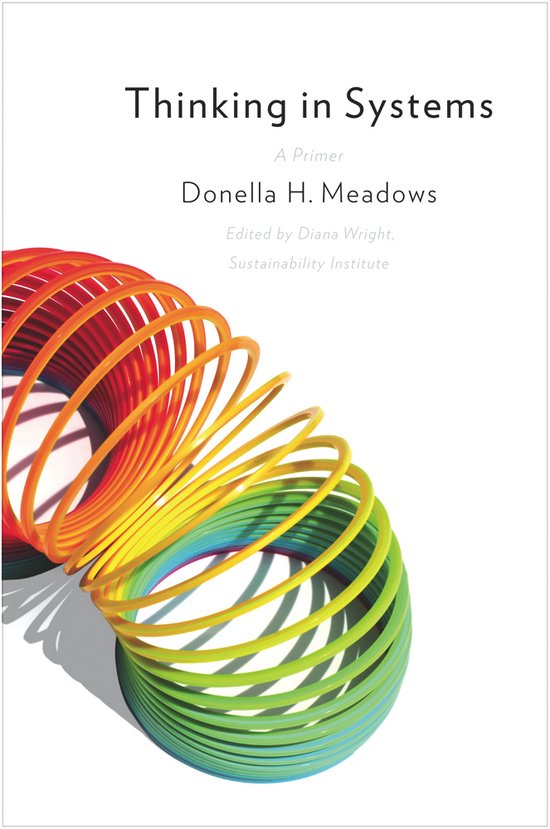
From time to time, I tell people my thinking is a bit squared. Quite often people smile at me for my desire of putting things into systems, whether that is an actual software application (or just an excel spreadsheet) or in a more metaphorical way: structuring things, putting order to chaos, see what influences what and how it influences that. Doing so helps me to better understand how things are related to each other. It sparks my creativity, which is frankly nothing more than combining multiple things you know into a new thing. It also enables me to build things out, scale things and embed efficiency into things. Valuable content, pretty nice and easy to get through.
How to take smart notes

Following on from Thinking in Systems, I opened up a book that had been on my list for a long time, after I had read much about it on the worldwide web. Now you might be like: “how much magic can there be in taking smart notes?” I agree, I was like that too. However, the person that originated this method (which is Niklas Luhmann, not Sönke Ahrens) was able to leverage his system to become unbelievably productive. Over the course of his life, he used his Zettelkasten system to build a cabinet consisting of over 90.000 paper-based notes that helped him write approximately 70 books and almost 400 articles. What makes this extra interesting is that the Zettelkasten system itself seems to be a rather simple system. It relies on a couple of founding principles.
I’ll be honest though, Zettelkasten went a bit too far for me. Yes, I like the structure. Yes, I’m a PKM-software adept (this blog’s been written in Tana, including plenty of cross-references). But I did feel this one’s not for me. At least not for now. I might decide to build a Zettelkasten notes system
Honorable Mentions
After putting away How to Take Smart Notes, I had a number of options to go for. Books like Antifragile, The War of Art (not to be confused with the similar title), The Maniac, The Denial of Death. However, I chose to go with The Body Keeps the Score, a book that discusses how Trauma’s of all kind impact humans. It is not something I have read a lot about to date, although the mental dimensions discussed do intrigue me. Let’s see what I can learn from this one.
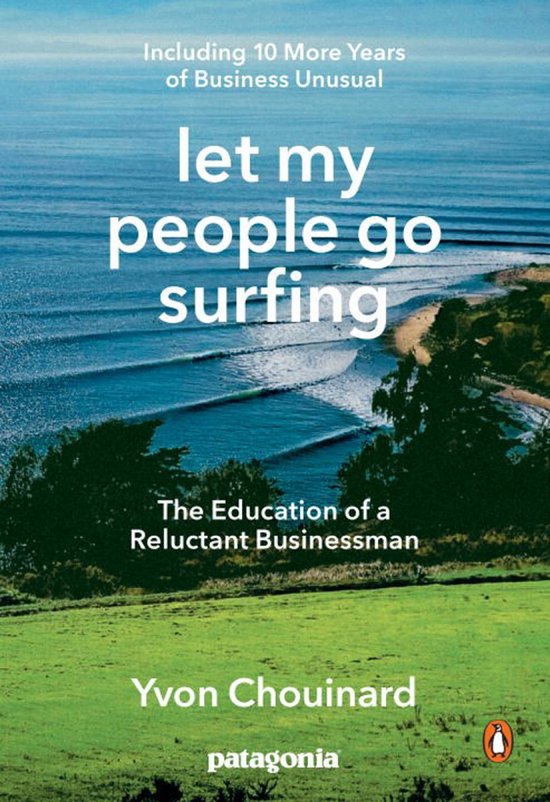
To close this one off, I wanted to mention one more book I recently finished reading. I didn’t read it during the summer break so didn’t want to put it in the list above either. However, I do feel it’s worth mentioning it since I really liked the way of life of the author. It is Let my people go surfing, written by Yvon Chouinard, the founder of Patagonia. Apparently, this book is Patagonia handbook, mandatory reading material for all Patagonia employees and indeed, it offers some in-depth information on how they approach for example marketing and manufacturing, in addition providing insights into why Patagonia exists and how it aims to leave this better world through its own existence, being very aware of the footprint they leave as well. Warmly recommended!


